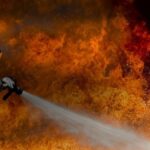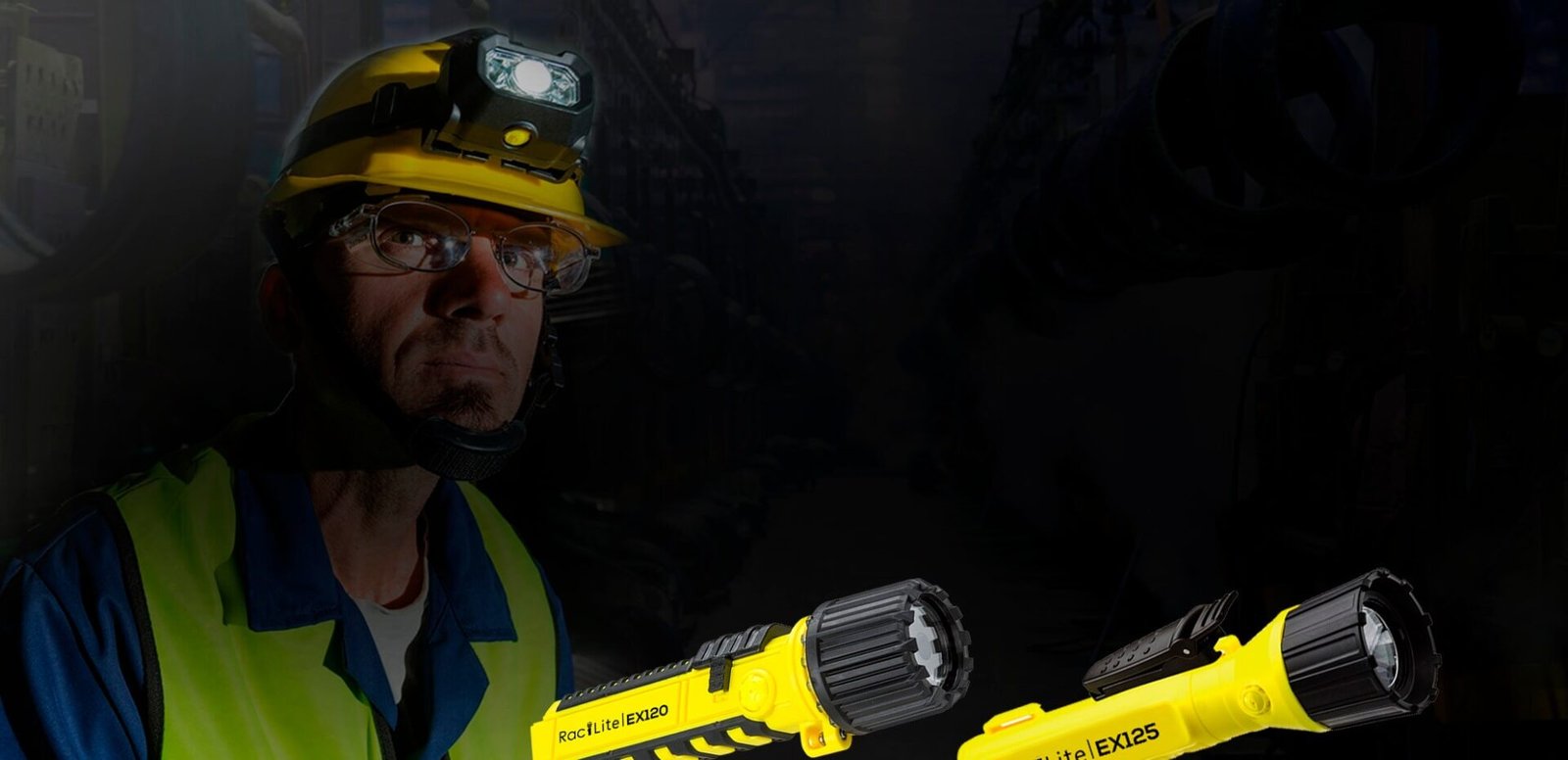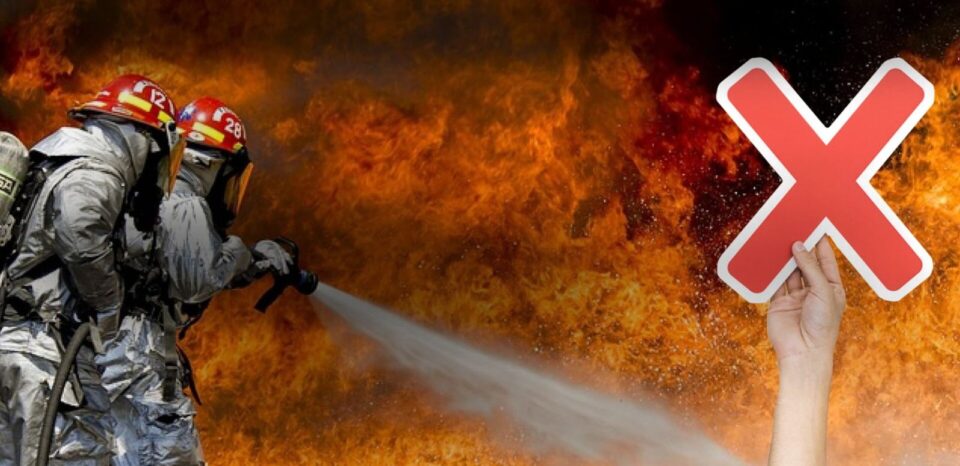
🔦 Illuminate Your Operation with the RacLite Galaxy Pro: The Revolution in LED Floodlights
31 de October de 2025
RacLite Explosion-Proof Flashlights: Safety and Confidence in Hazardous Work Environments
31 de October de 2025
Lanternas EX - Iluminacao Anti Explosao Lanterna EX/Antiexplosão: 6 Principais Erros na Hora da Compra
Classified Areas: Definition, Classification, and Safety Measures
What is a Classified Area?
A classified area is a term used to describe a location where there is a possibility of explosive atmospheres occurring. These atmospheres are formed by the presence of flammable substances, such as gases, vapors, dusts, or combustible fibers, which can ignite when in contact with an ignition source.
Classification of Areas
Classified areas are divided into zones according to the probability and frequency of occurrence of an explosive atmosphere. These zones are established based on specific standards and regulations, which vary by country.
In Brazil, area classification is governed by the ABNT NBR IEC 60079-10 standard, which defines three zones:
Zone 0
Zone 0 is one in which the presence of an explosive atmosphere is continuous, meaning it is present permanently or for long periods of time. Examples of locations that may be classified as Zone 0 are storage tanks for flammable liquid fuels.
Zone 1
Zone 1 is one in which the presence of an explosive atmosphere is likely to occur under normal operating conditions. This zone may include areas around storage tanks, areas for transferring flammable products, and areas where flammable substances are handled.
Zone 2
Zone 2 is one in which the presence of an explosive atmosphere is unlikely to occur under normal operating conditions, but if it does occur, it will be for short periods of time. Examples of locations that may be classified as Zone 2 are storage facilities for flammable products and areas where fuel loading and unloading occurs.
Safety Measures
In classified areas, it is necessary to adopt specific safety measures to prevent explosions from occurring. Some of the main measures are:
Selection of Appropriate Equipment
Equipment used in classified areas must be designed and certified to be intrinsically safe, meaning they should not generate sparks or sufficient heat to ignite the explosive atmosphere. Additionally, it is important that this equipment be installed and maintained in accordance with applicable standards.
Control of Ignition Sources
It is essential to control ignition sources present in classified areas. This includes avoiding the use of inappropriate equipment, such as non-certified power tools, and ensuring that electrical installations comply with safety standards.
Preventive Maintenance
Preventive maintenance of equipment and installations is essential to ensure proper operation and safety of classified areas. It is important to conduct regular inspections, identify and correct potential failures, and ensure that equipment is in perfect working condition.
Conclusion
A classified area is a location where there is a possibility of explosive atmospheres occurring. These areas are classified according to the probability and frequency of occurrence of an explosive atmosphere. To ensure safety in these areas, it is necessary to adopt specific measures, such as selecting appropriate equipment, controlling ignition sources, and conducting preventive maintenance.
